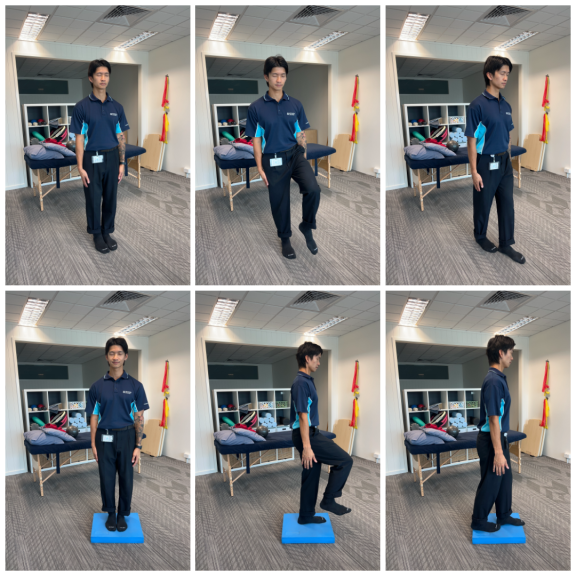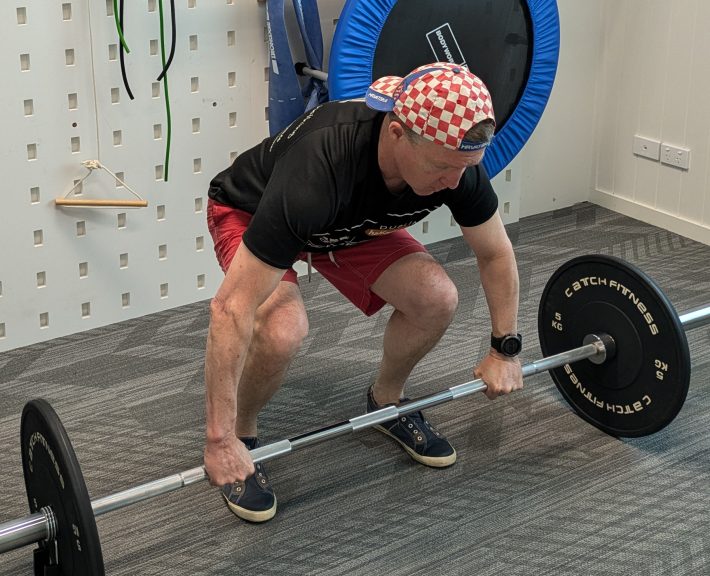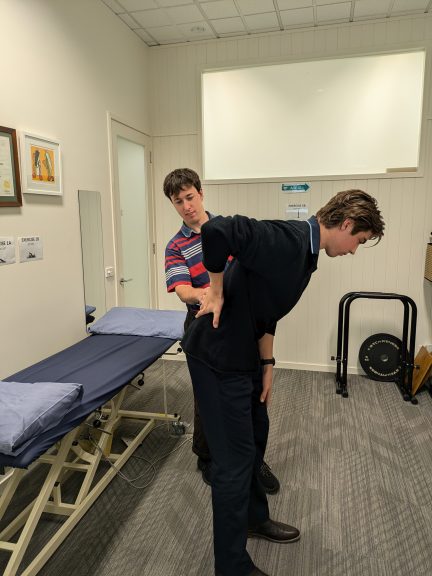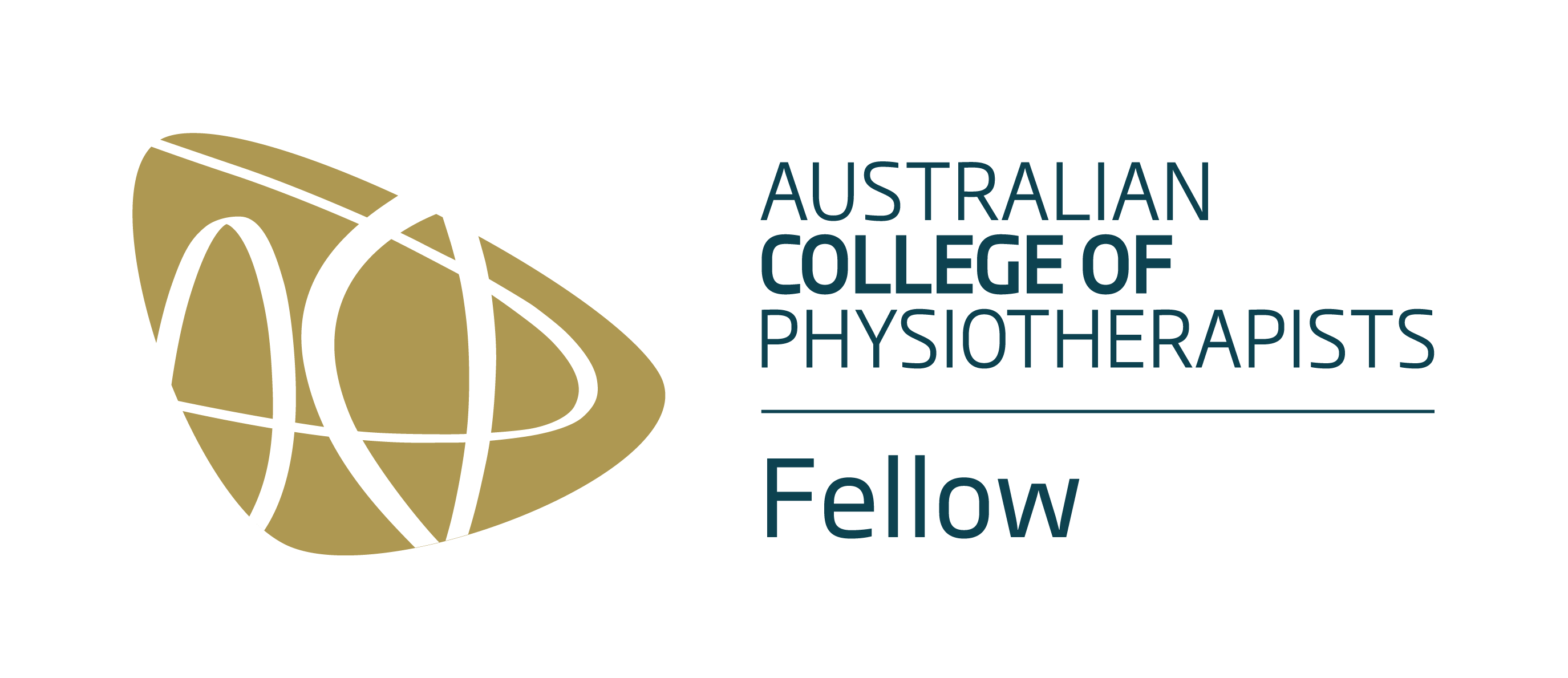Have you been sidelined by a torn ACL (anterior cruciate ligament) injury? Should you rehabilitate or go under the knife? Then you need to be aware of three key things to consider, so you back yourself to succeed again on the pitch. They are TIME, PROS and CONS, and , HEALING versus HEALED. We will look at all these factors in deciding your path forwards. Based in Cheltenham, at Peak MSK Physio, our initial management involves education about your treatment options and clinical exercise for rehabilitation. If you want evidence – based insight and education to start your recovery process keep reading below!
If you are reading out of interest, you might ask what is the Anterior Cruciate Ligament? The ACL is a ligament that runs diagonally through the knee and provides stability to the joint. It is one of the four main ligaments in the knee and is responsible for preventing the tibia (shin bone) from sliding too far forward relative to the femur (thigh bone). An ACL injury can occur when the knee is subjected to a sudden, twisting motion, such as during a pivot or landing from a jump.
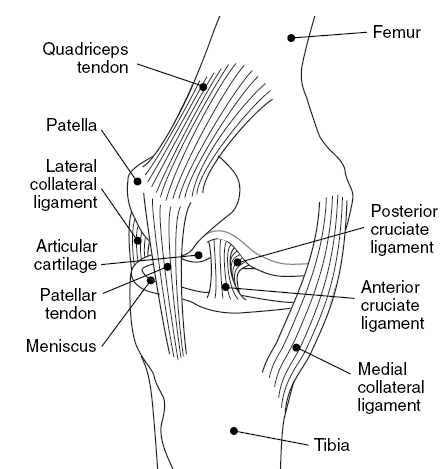
#1-Well Spent time to Recover your ACL Injury
An ACL rupture is a common sports injury that will sideline you for 6-9 months before return to some form of pre-injury sport. You now face the option of doing rehabilitation to avoid surgery, or having surgery and then rehab. There are a couple of things to consider before you take a leap of faith either way. You are probably asking, why not just do the operation, repair it, and get on with my sport and life?
Even before having surgery the knee joint has to be settled in terms of inflammation as the operation to fix the ACL is traumatic to the knee joint itself. This means your rehabilitation will need to focus again on settling the inflammation and swelling after the operation before a focus on clinical exercise can begin.
From the get-go, which ever solution you choose, education and clinical exercise rehabilitation is key for your recovery and we start you at a initially supervised point, progressing through semi-supervised to unsupervised self-care. These kinds of activities include weight bearing, mobility, open and closed kinetic chain resistance, neuromuscular control and plyometric exercises targeting the quads and hamstring muscles. This also future paces your recovery looking at return to activity preparation, and techniques to promote exercise engagement and knee health self-management.
Recent studies have found Athletes who adhered to their rehabilitation program had better outcomes than those who did not (1). Athletes who attended at least 75% of their rehabilitation sessions had significantly better knee function and quality of life than those who attended fewer sessions.
Research presented at the Sport Medicine Australia conference in 2022 showed that people who attend at least 10 physiotherapy appointment are 3 times more likely to return to pre-injury sport. That is certainly doable for anyone.
#2-The PROs and CONS of the time and recovery process for the Anterior Cruciate Ligament
Surgery is more expensive, will have a longer recovery time which puts an extra layer of time and costs into your overall rehabilitation. This doesn’t mean surgery should not be considered. Other parts of the knee joint can be damaged as well as the ligament and surgery to address this may be critical. However, surgery involves retraumatising the joint to repair the ligament and like any surgery, there are risks.
In recent years, there has been a growing interest in non-operative rehabilitation for ACL injuries. A 2020 review of the literature found that non-operative rehabilitation can be effective for many patients, particularly those with less severe injuries or who do not engage in high-risk activities like cutting and pivoting sports (2). The review found that non-operative rehabilitation can lead to improvements in knee function, pain, and quality of life, although it may take longer to achieve these improvements than with surgery.
For athletes who do need to go further, recent research into cross-bracing has shown at three months signs of ligament healing. This is exciting and extremely promising. However, it is a mental challenge for the athlete to maintain the brace for so long and we await longer term results, but it is promising.
One of the benefits of non-operative rehabilitation is that it can be a faster and less invasive approach than surgery. It also avoids the risks associated with anaesthesia and surgery, such as infection and blood clots. Non-operative rehabilitation can also be a good option for athletes who want to avoid surgery or who are not good candidates for surgery due to other health conditions.
However, non-operative rehabilitation also has its challenges. The right person to pursue non-operative rehabilitation is one who is committed to learning about the recovery process and being actively part of that recovery in partnership with their clinicians.
So, what does non-operative rehabilitation for ACL injury involve? The key is strengthening the muscles around the knee to compensate for the weakened ligament. This often involves a combination of exercises, such as squats, lunges, and leg presses, as well as balance and stability training. The goal is to build up the muscles that support the knee so that they can help stabilize the joint and prevent further injury.
Here at Peak MSK Physio, we provide a personalised, patient-centred approach to non-operative rehabilitation, which is shown to provide better knee function, quality of life, and satisfaction with rehabilitation better outcomes than a one size fits all approach. (3)
Overall, non-operative rehabilitation can be an effective approach for many patients with ACL injuries. However, it is important to work with a qualified healthcare professional to determine whether this approach is appropriate for you.
#3 Healing versus Healed when it comes to an ACL tear
We have discussed the 6-9 month timeframe to re-engage some sort of sport-like activity. Getting the go-ahead requires follow up from us in the clinic and your doctor, to ensure that a healing ACL is nurtured going forwards to be fully healed. The difference is in a process called remodelling. The ACL may re-join (heal) but is not tough enough to be put into game yet. Another important aspect of non-operative rehabilitation is monitoring and follow-up care. Patients who undergo non-operative rehabilitation should be monitored closely to ensure that they are progressing as expected and to detect any signs of ongoing instability or re-injury. Researchers who field-tested recovering athletes with healing ACL tears, found that regular follow-up visits with a healthcare professional can help improve outcomes in patients undergoing non-operative rehabilitation for both ACL injuries (4) as well as ACL repair (5). And these people had better knee function and quality of life than those who did not have regular follow-up visits.
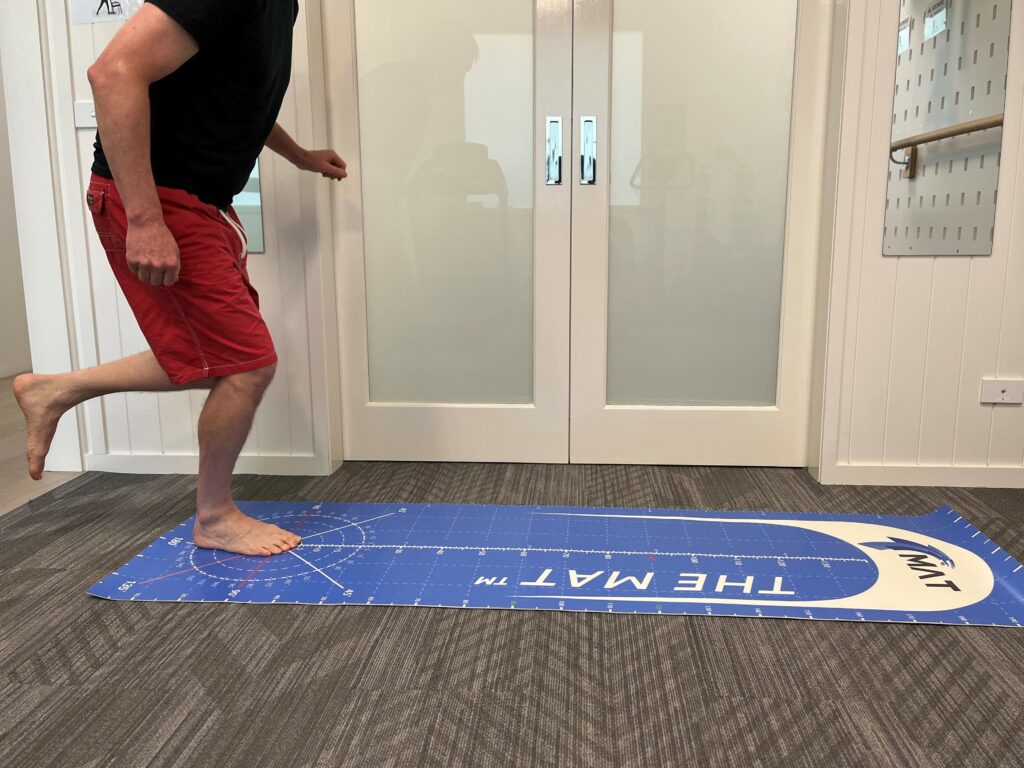
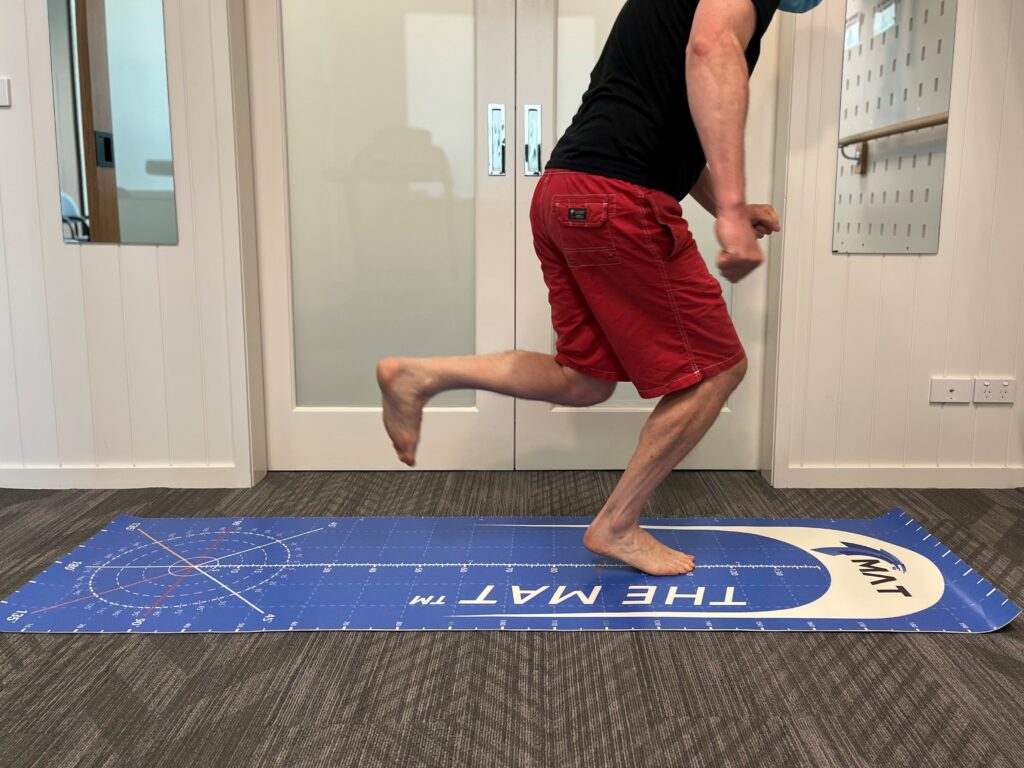
In conclusion, non-operative rehabilitation can be an effective option for many patients with ACL injuries, particularly those with less severe injuries or who do not engage in high-risk activities. In an athletic group, this is still possible with commitment to the rehabilitation process, knowing the nature of how the ACL mends, and to focus on the right clinical exercise prescribed by our clinicians. Non-operative rehabilitation involves a combination of exercises, balance training, and possibly knee braces to strengthen the muscles around the knee (especially the quadriceps).
So in your rehab journey, consider use of your TIME, what outcome you want. Consider the PROS of any decision to leverage on your favour. Third understand what it means to be HEALED for sport again. We recommend getting an informed clinical opinion on your rehab and right path. We are here to do that job and support you as your movement partners.










